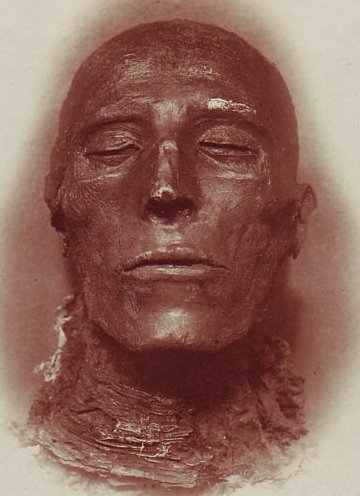
Jonathan Rigby’s ENGLISH GOTHIC (2000) is an excellent survey of British horror and science fiction films. Misleadingly subtitled A CENTURY OF HORROR CINEMA; the book focuses instead on the 20 year period from THE QUATERMASS XPERIMENT (1955) through TO THE DEVIL, A DAUGHTER (1976) when British production companies like Hammer, Amicus, and Tigon consistently outperformed the Hollywood majors in producing the finest and most influential genre films.
Part of the book’s strength is not just Rigby’s detailed and chronological survey of nearly every genre film to come from the British Isles during these two decades, but the fact that he captures the social and economic factors that helped shape the pictures and, more importantly, the public’s reception to them.
The rise of the horror genre in film started with the German Expressionist classics of the silent era and the contemporary Lon Chaney and John Barrymore efforts in the States. The genre solidified with the phenomenal impact of Universal’s horror franchises of the 1930s and 1940s.
The interesting thing here is that the majority of these films remained unscreened or else limited to adult-only audiences in the UK where censorship was extremely puritanical in the first half of the last century.
The walls began to crumble in the mid-1950s when Britain made an unexpected advance in producing the most accomplished and mature genre films of the era. Hammer’s big screen adaptation of Nigel Kneale’s BBC serial, THE QUATERMASS EXPERIMENT in 1955 was the signal point for this revolution. The film version dropped the “e” from XPERIMENT to emphasize the film’s Certificate X from the BBFC as a veritable badge of honor.
Rigby makes an excellent point that the success of Nigel Kneale’s scripts for this and his subsequent QUATERMASS sequels lies in crafting the threat of alien infiltration (rather than the invasions that dominated nightmares across the Atlantic) in the fashion of horrific tales of demonic possession. This provides both an interesting comparison to and contrast with the Cold War atomic fears and that dominated genre films in the US and Japan during the same decade.
TO CONTINUE READING THIS POST, PLEASE VISIT HERE.


.jpg)
No comments:
Post a Comment